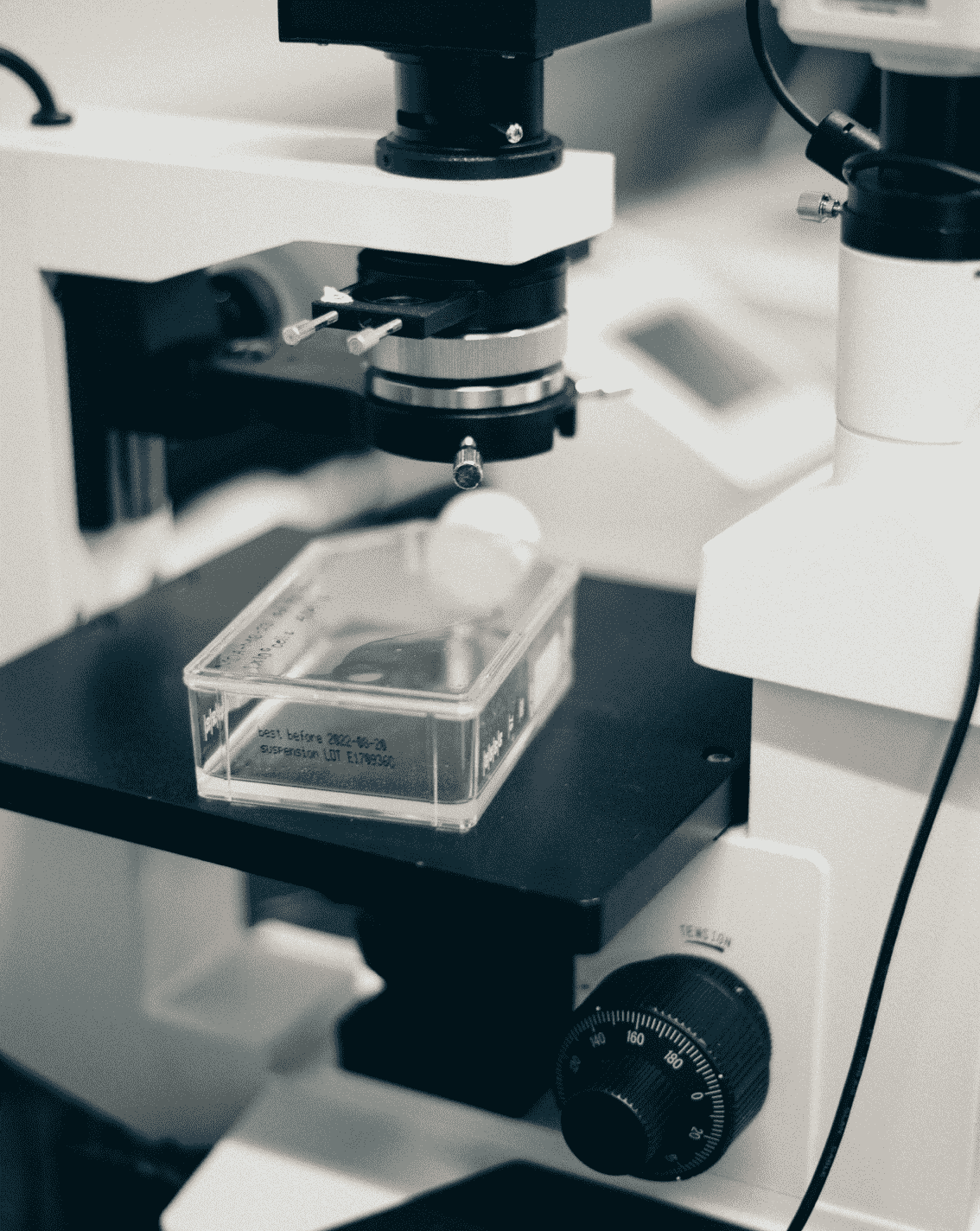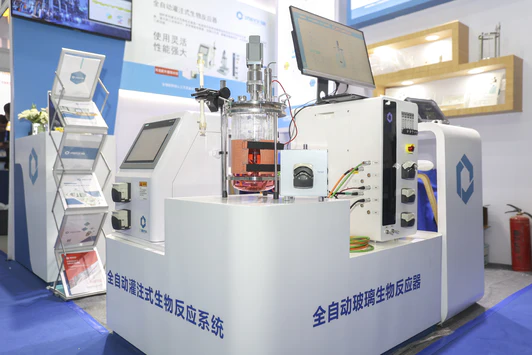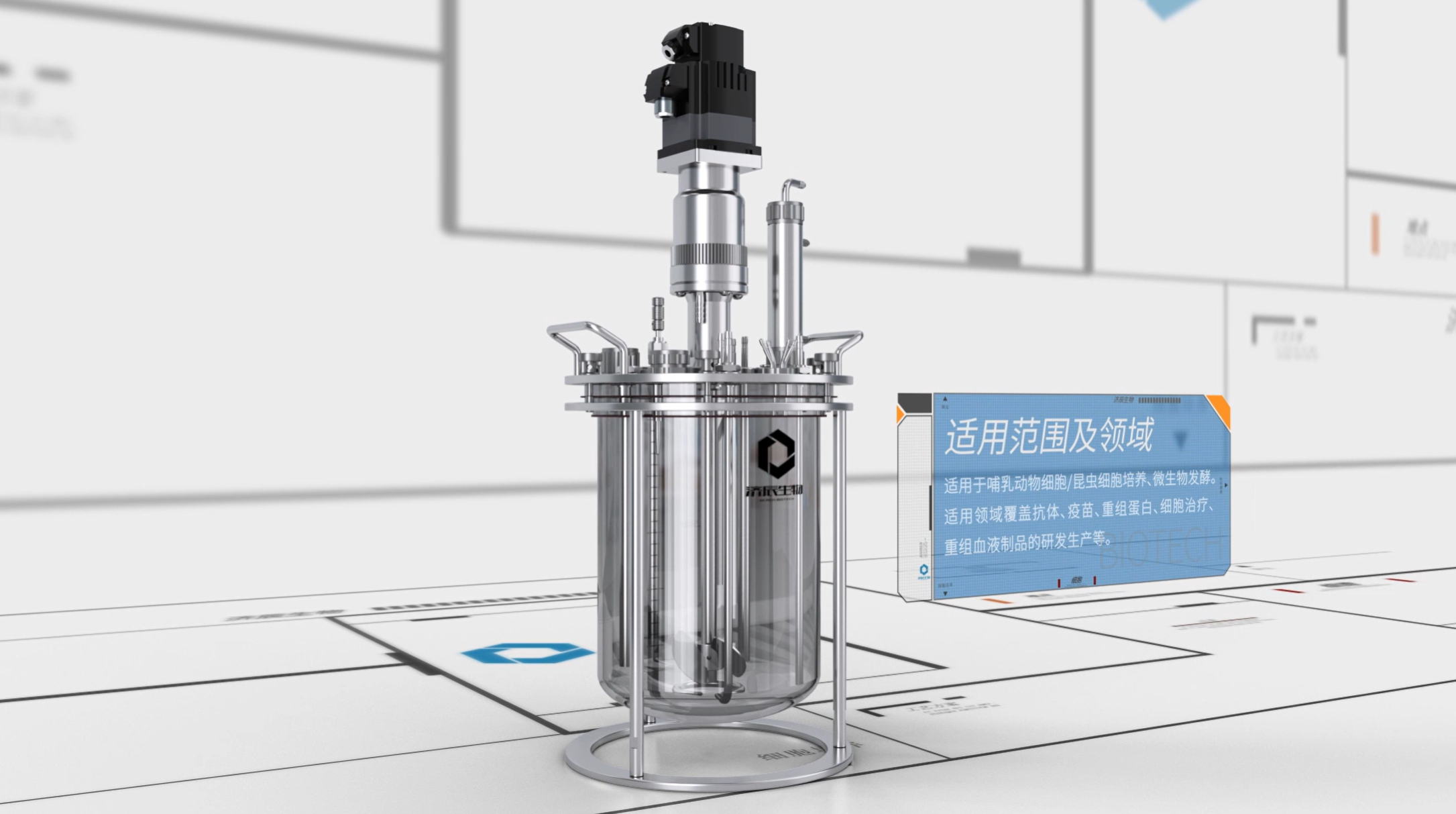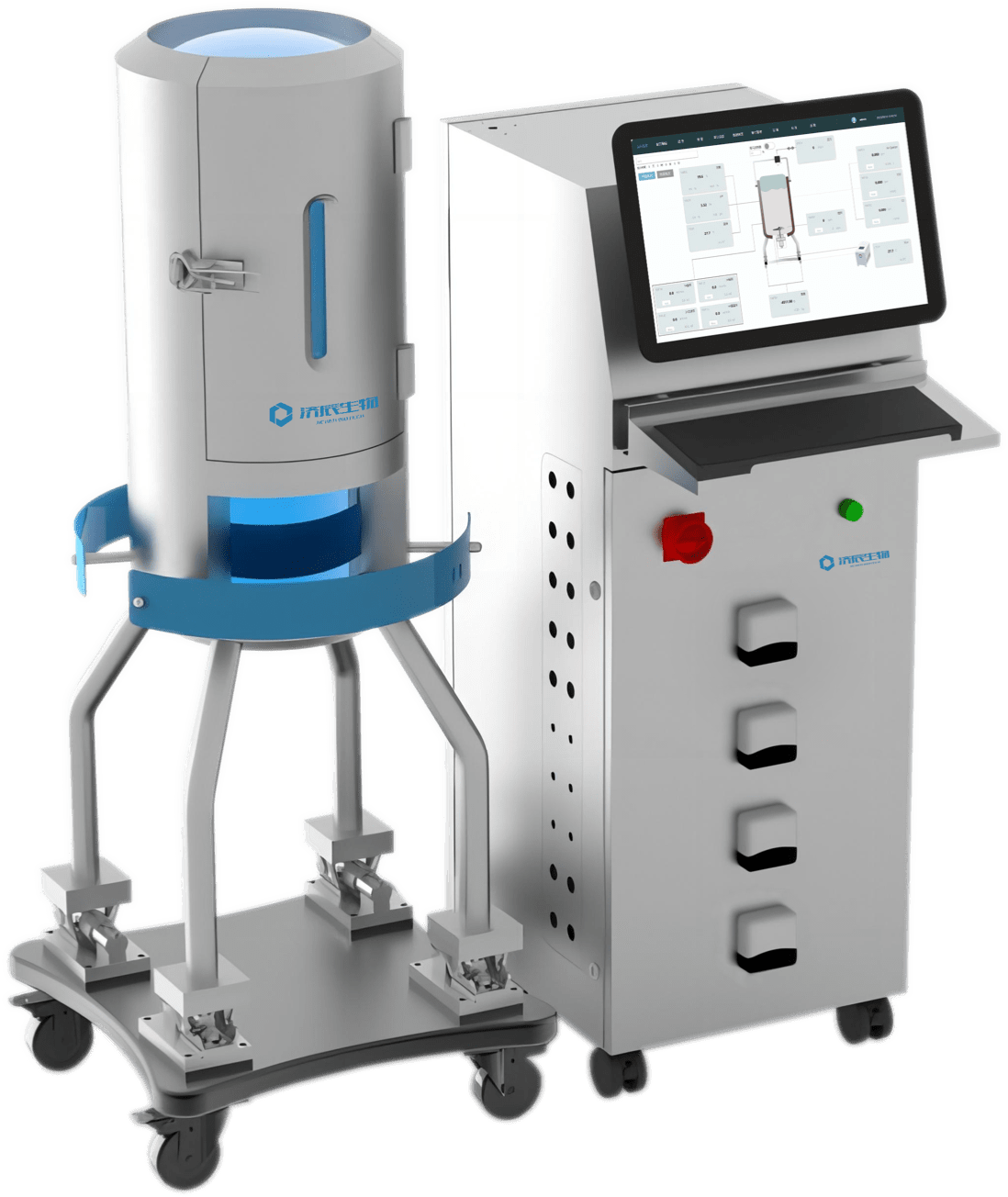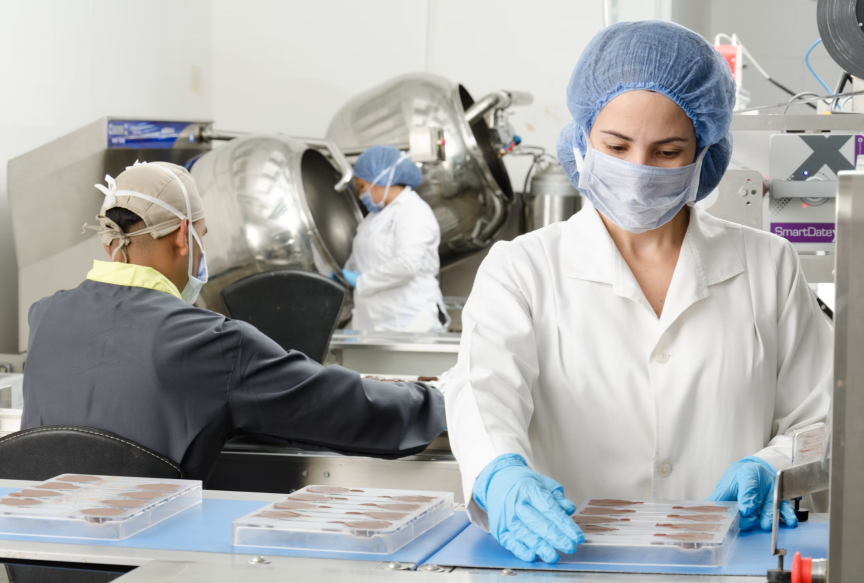Abstract: Biopharmaceutical fermentation systems are a core component of the biopharmaceutical industry, playing a significant role in improving drug quality and reducing production costs. This article provides a detailed introduction to the basic principles, main types, current status, and development trends of biopharmaceutical fermentation systems, with the aim of offering references for technological innovation and industrial upgrading in China’s biopharmaceutical fermentation industry.
Biopharmaceuticals refer to the use of living organisms or their components to produce drugs through biotechnological means. Fermentation engineering, as a key technology in biopharmaceuticals, is widely used in the production of antibiotics, vaccines, bioactive substances, and other medications. In recent years, with the rapid development of biotechnology, biopharmaceutical fermentation systems have achieved significant results in process optimization and equipment innovation, providing strong support for China’s biopharmaceutical industry.
Basic Principles of Biopharmaceutical Fermentation Systems
- Fermentation Strains
Fermentation strains are the core of biopharmaceutical fermentation systems, including bacteria, actinomycetes, fungi, and others. The choice of strain directly affects the yield, quality, and safety of the drug. Screening for high-yield, stable, and safe strains is the primary task in fermentation engineering.
- Culture Medium
The culture medium serves as the carrier of nutrients for the strains during fermentation. Depending on the composition, culture media can be divided into liquid and solid media. Rational configuration of the culture medium is beneficial for increasing the growth rate of strains and the yield of metabolites.
- Fermentation Process
The fermentation process includes strain expansion culture, fermentation, product extraction, and purification. During fermentation, parameters such as temperature, pH, dissolved oxygen, and agitation speed are controlled to create an optimal growth environment for the strains, maximizing the production of metabolites.
Main Types of Biopharmaceutical Fermentation Systems
- Traditional Fermentation Tanks
Traditional fermentation tanks include mechanical stirred tanks, air-lift tanks, and tower tanks. These tanks have the advantages of simple structure and convenient operation but suffer from low mass transfer efficiency and high energy consumption.
- Bioreactors
Bioreactors are a type of fermentation system that has developed rapidly in recent years, including immobilized cell reactors and membrane bioreactors. Bioreactors have the advantages of high strain density and convenient product extraction but are limited by high costs, restricting their widespread application.
- Enzymatic Fermentation Systems
Enzymatic fermentation systems use the catalytic action of enzymes to produce target products. These systems offer high product purity and short production cycles but are challenged by the instability of enzymes and the stringent requirements of the fermentation conditions.
Current Status of Biopharmaceutical Fermentation Systems
- Fermentation Process Optimization
Significant achievements have been made in China in the optimization of fermentation processes, such as enhancing the production capacity of strains through genetic engineering and metabolic engineering, and automating fermentation processes using computer control systems.
- Equipment Innovation
Continuous innovation in fermentation equipment, such as the development of new bioreactors and tank designs, has improved the mass transfer efficiency of fermentation systems and reduced energy consumption.
- Industrial Application
Fermentation technology in biopharmaceuticals has been widely applied in the production of antibiotics, vaccines, bioactive substances, and other areas, creating tremendous value for China’s pharmaceutical industry.
Development Trends of Biopharmaceutical Fermentation Systems
- Green Fermentation
Green fermentation technology aims to reduce energy consumption and pollution through innovation in fermentation processes and equipment, achieving sustainable development in the biopharmaceutical industry.
- Intelligent Fermentation
By leveraging technologies such as the Internet of Things, big data, and artificial intelligence, the fermentation process can be monitored in real-time, controlled automatically, and optimized, improving the production efficiency of fermentation systems.
- Integrated Fermentation
Combining fermentation with other biotechnologies, such as cell culture and protein engineering, to achieve multi-step and multi-objective fermentation production, enhancing the overall efficiency of the industrial chain.
- Microbial Resource Exploration
Strengthening the exploration and utilization of microbial resources, discovering new fermentation strains and metabolites, to provide more innovative sources for the biopharmaceutical industry.
In conclusion, biopharmaceutical fermentation systems have achieved remarkable results in technological innovation and industrial application, but still face many challenges. In the future, China should continue to increase research and development efforts to drive the biopharmaceutical fermentation industry to a higher level.
